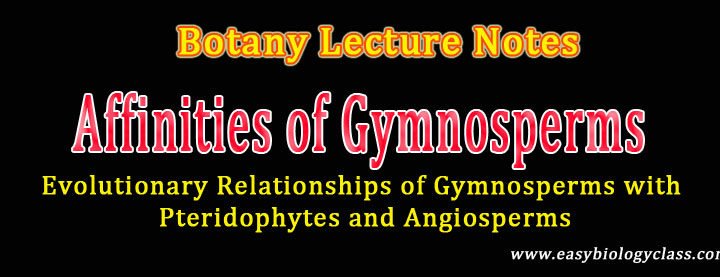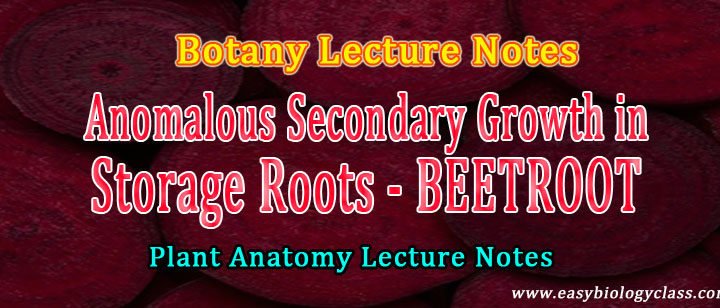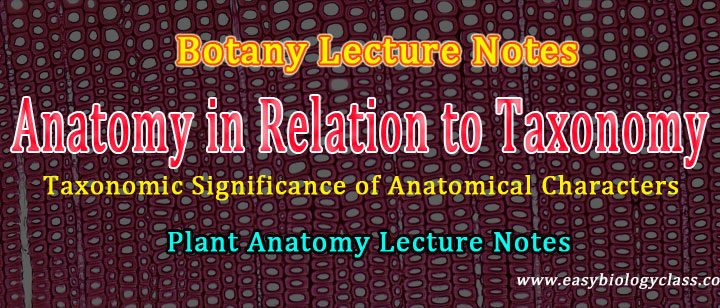Learning objectives: Evolutionary relationships and affinities of Gymnosperms with Pteridophytes and Angiosperms; Similarities and Differences between Pteridophytes and Gymnosperms; Similarities and Differences between Gymnosperms and Angiosperms. Affinities of Gymnosperms Ø Gymnosperms are considered as a bridge between Pteridophytes and Angiosperms. Ø They share many features with Pteridophytes and Angiosperms. Similarities […]
Continue ReadingCategory Archives: Lecture Notes
Hand Sectioning and Microtome Sectioning: Advantages and Limitations
Sectioning in biology refers to the process of cutting a sample of tissue or an organism into thin sections for examination under a microscope. The process is used to study the structure and composition of biological specimens, including tissues, organs, and cells. Sectioning can be done by freehand sectioning or […]
Continue ReadingKilling and Fixation (Fixatives in Histopathology)
Learning objectives: General account of Killing and Fixing of Plant Specimens for Anatomical and Histological Studies; Agents used for killing and fixation – Alcohol, Formalin, Acetic Acid; Common fixatives: Formalin – Acetic – Alcohol (FAA) mixture; Carnoy’s fluid; Farmer’s Fluid; Chromic acid – Acetic acid – Formation (CRAF), Fixatives in […]
Continue ReadingAnomalous Secondary Growth in Beetroot Storage Roots
In many dicots, the root functions as a storage region. The secondary growth in these storage roots is usually anomalous type. Example: Secondary thickening in Beta vulgaris (Beetroot – Chenopodiaceae) and Secondary thickening in Ipomoea batatas (Sweet potato – Convolvulaceae) The present post discusses the Anomalous Secondary Growth in Beetroot […]
Continue ReadingAnatomy in Relation to Plant Taxonomy and Systematics
Plant anatomy, the study of the internal structure of plants, is crucial in understanding plant systematics or taxonomy. Plant anatomy provides important information about the evolutionary relationships and adaptations of plants, which are used to classify and identify them. The present articles discusses the significance of Anatomy in Relation to […]
Continue Reading



